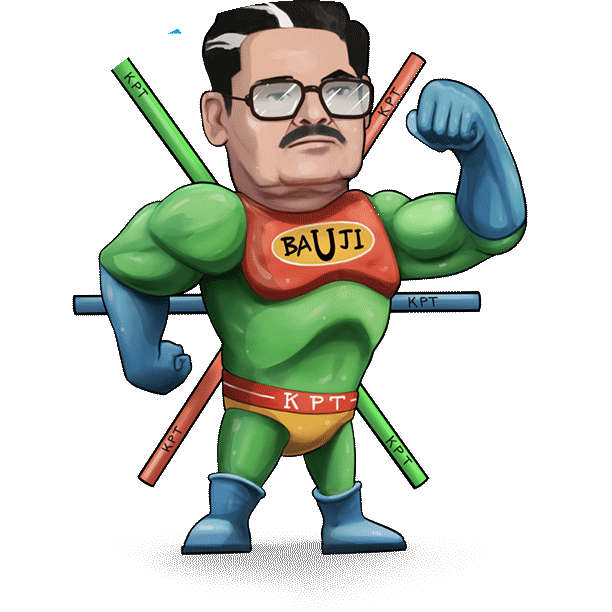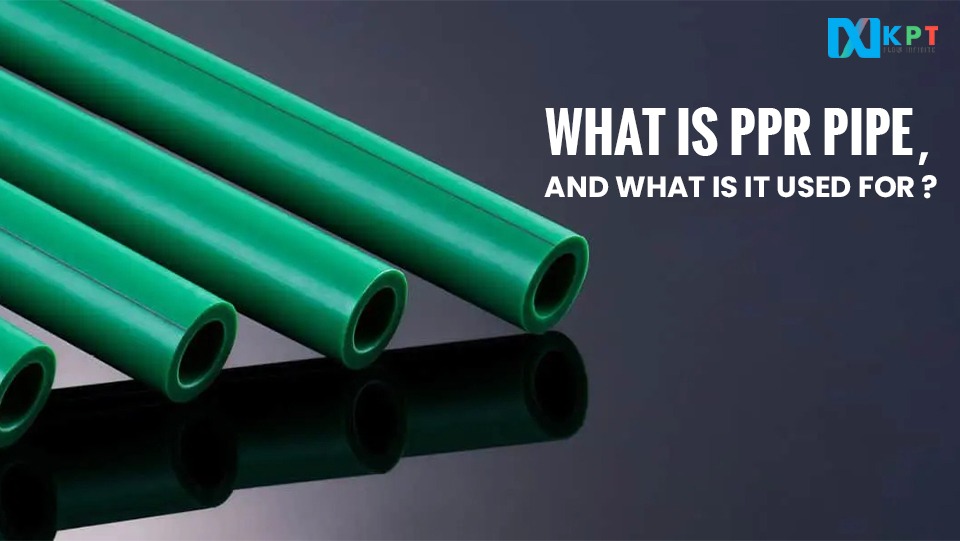Heard about PPR pipes and now wondering what it means…? Your search ends here. Here, in this article, we have included all the main points that will give you a clear picture of what PPR pipes mean and what they are used for. Let’s dig deeper to know about these pipes.
Table of Contents
What are PPR pipes?
PPR, also known as Polypropylene Random Copolymer, is a straight and unbending cylindrical-shaped pipe produced using Polypropylene Random Copolymer plastic, delivered through a nonstop expulsion process. They are generally presented in green or white shades. If we talk about the outer thickness of these pipes, the outer diameter is far thicker than PVC pipes.
PPR Pipes are known for several characteristics. However, their most common trait is that they can be used in the construction of cold and hot water systems. Apart from this, its properties of it incorporate lightweight development, erosion opposition, and simple joining and cutting. Generally, these pipes are used in oil and gas exploration and water pipelines.
Characteristics of Polypropylene Random Copolymer
Now, as you are familiar with PPR pipes, here are some of the traits:
Erosion resistance
The chemical resistance of the PPR pipe is determined by its dual layers. The double layer of the pipe offers an effective barrier against light permeation and prevents the growth of bacteria. It also features low thermal conductivity, which is less than one-fifth of that of steel and brass pipes. The double layer also has a smooth inner surface, reducing the possibility of scaling. The inner layer is rich in Ag+, which provides an antibacterial effect.
PPR pipes are of three types, PP-H, PP-B, and PP-R. Out of all the three, type 3 is portrayed by its exceptional erosion protection from heat. In addition, it is eco-accommodating and reusable. The pipe is reasonable for a wide assortment of purposes, incorporating water supply in agricultural, industrial, and metropolitan systems.
Lightweight
PPR pipes are made of polyolefin thermoplastics and are light in weight. Going with them is an optimal decision for water distribution. Besides all this, they are harmless to the ecosystem, non-poisonous, and appropriate for use in immediate and roundabout drinking water systems.These pipes are corrosion resistant, with great protection from many synthetic media. The funneling material is additionally non-poisonous and won’t rust. It is also unaffected by electrochemical erosion. In addition, the manufacturing cycle of these pipes causes no contamination to the climate. It simply implies that they don’t contribute to the issue of white pollution, which makes them an eco-accommodating decision.
Easy to Connect
One of the reasons professionals love working with PPR pipes and fittings is their ease of connection. These pipes can be connected through heat fusion, creating leak-proof, durable joints. Alternatively, a primer and adhesive can be used to bond the pipes securely. Just remember to avoid gaps during installation to prevent leaks. Thanks to their high creep rupture strength, PPR pipes are ideal for compressed air systems in industrial workshops. Their versatility and leak-proof qualities make them more reliable than traditional threaded metal connections.
Simple to cut
If you’re trying to cut PPR pipe, you may wonder how to make the process easier. Right? So to do that, first of all, you need to measure the pipe. Next, you’ll need to mark the line you will cut. Holding the line in a bad habit or stepping on it will assist you with holding it while cutting. To cut it, the best would be to use a hacksaw, which has a slightly sharp edge. It will cut the pipe correctly. On the other side, if you go with Wood saws, it will make the process tough and will produce uneven cuts.
Applications of PPR Pipes
PPR pipes are gaining popularity in multiple sectors due to their excellent properties. Here’s a breakdown of their most common applications:
1. Domestic Plumbing
PPR pipes are widely used for both hot and cold water supply systems in homes. Their resistance to temperature variations makes them perfect for kitchen and bathroom plumbing.
2. Industrial Applications
These pipes are commonly used in chemical transportation, compressed air systems, and industrial liquid supply networks due to their high chemical resistance and mechanical strength.
3. Agriculture and Irrigation
PPR pipes are an excellent choice for irrigation systems, offering long-term durability against harsh weather and water conditions. They are also resistant to scaling and algae growth.
4. HVAC and Central Heating Systems
Thanks to their thermal insulation properties, PPR pipes are ideal for central heating and underfloor heating systems in commercial and residential buildings.
5. Food and Beverage Industries
Since PPR pipes are non-toxic and maintain water purity, they are widely used in food processing plants and beverage industries.
Final Thoughts
From their erosion resistance and lightweight design to ease of installation and environmental friendliness, PPR pipe checks all the boxes for modern piping needs. Whether you’re planning a home renovation, an industrial upgrade, or a large-scale agricultural project, these pipes deliver unmatched reliability and performance.
And if you’re unsure where to start, consult with a professional pipes and fittings supplier to guide you on the best solutions tailored to your needs.
Frequently Asked Questions
Q1. What does PPR stand for in PPR pipes?
Ans: PPR stands for Polypropylene Random Copolymer, a type of plastic known for its strength, durability, and resistance to heat and chemicals.
Q2. What makes PPR pipes different from PVC pipes?
Ans: PPR pipes have a thicker outer wall and can handle higher temperatures and pressures, making them suitable for both hot and cold water. PVC pipes, on the other hand, are generally used for cold water or drainage systems.
Q3. Are PPR pipes safe for drinking water?
Ans: Yes, PPR pipes are non-toxic, corrosion-resistant, and do not affect the taste or quality of water, making them safe for drinking water systems.
Q4. Can PPR pipes be used underground?
Ans: Absolutely. PPR pipes are durable and resist chemical reactions, making them suitable for underground and concealed installations, including sewage and water supply lines.
Q5. How long do PPR pipes last?
Ans: With proper installation, PPR pipes can last 50 years or more, even under varying pressure and temperature conditions.



